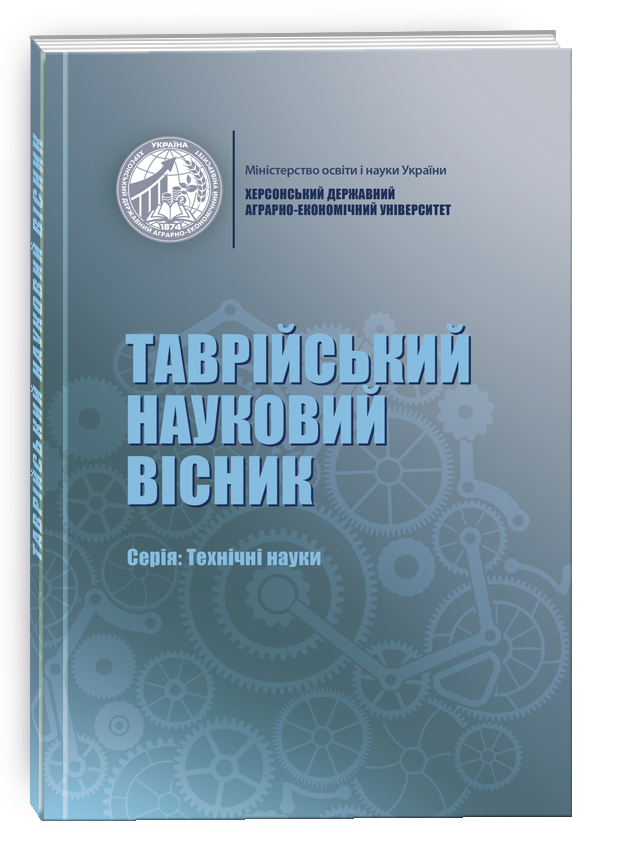THE USE OF NICHE CROPS FLOUR IN THE SEMI-FINISHED BISCUIT TECHNOLOGY
DOI:
https://doi.org/10.32782/tnv-tech.2023.6.20Keywords:
flour confectionery, biscuit semi-finished products, spelled flour, chickpea flour, hemp flourAbstract
Nowadays, biscuit semi-finished products are mostly used for cake recipes, which, unfortunately, have a low content of nutrients in their composition. The purpose of the work is to develop a recipe for a biscuit semi-finished product enriched with flour from niche crops (spelt, hemp and chickpea), which is characterized by a high content of nutrients, in order to increase the assortment of flour confectionery semi-finished products for consumers oriented towards a healthy diet. 13 samples of biscuit semi-finished products were made (the control sample is the main one and samples No. 1–12 – with the replacement of 100, 50, 75 and 25% of wheat flour with chickpea, spelled and hemp flour, respectively). Determination of their quality indicators for compliance with SSTU 8001:2015 "Biscuits. General technical conditions" were carried out according to the standard methods specified in the relevant current regulatory documents. All samples of biscuit semi-finished products received a fairly high score after the tasting evaluation. The sample with 100% replacement of wheat flour with chickpeas received the lowest score, and the sample with 25% replacement of wheat flour with hemp received the highest score. The semi-finished biscuit sample enriched with hemp flour exceeded the control sample in terms of fiber (40 times) and fat (1.3 times). The mass fraction of protein in the semi-finished hemp biscuit is only 1% higher compared to the control. A 15-fold higher magnesium content (6.04 g/ kg) was found in the test sample of semi-finished biscuit enriched with hemp flour, compared to the control, as well as a 1.5-fold higher phosphorus content (2.88 g/kg). Test sample No. 12 exceeded the control indicators for the content of trace elements: iron – by 2.7 times, zinc – by 1.9 times, copper – by 3.5 times, manganese – by 5 times. A prototype hemp biscuit semi-finished product (75% wheat flour, 25% hemp flour) is recommended for implementation. Due to the composition and health-promoting properties of hemp flour, the obtained product can be attributed to the category of health-prophylactic products.
References
Сучасні технології кондитерського виробництва: підручник / О.В. Гайдук та ін. Житомир: Полісся, 2020. 514 с.
Ростовський В.С., Дібрівська Н.В., Пасенко В.Ф. Збірник рецептур. Київ: Центр учбової літератури, 2010. 324 с.
Зайцева Г.Т., Горпинко Т.М. Технологія виготовлення борошняних кондитерських виробів: підручник. Київ: Вікторія, 2002. 400 с.
Бісквіт: пат. 64457 Україна: МПК A23G 3/00. №u201104161; заявл. 06.04.2011; опубл. 10.11.2011, Бюл. №21.
Склад бісквіта з морквяним пюре: пат. 83984 Україна: МПК A21D 13/00. №u 2013 03608; заявл. 22.03.2013; опубл. 10.10.2013, Бюл. №19.
Method for sponge cake added with banana powder: пат. 101273833 South Korea, МПК A21D13/80, заявл. 10.06.2010; опубл. 11.06.2013.
Мирошник Ю.А. Використання порошків калини, горобини та обліпихи в технології бісквітного напівфабрикату. Наукові праці Одеської національної академії харчових технологій. 2014. №46, т. 1. С. 166–170.
Making technology of rice flour sponge cake: пат. 106305941 Chinese, заявл. 26.10.2016; опубл. 11.01.2017.
Лебединець В.Т., Донцова І.В., Гаврилишин В.В., Лебединець А.І. Розширення асортименту безглютенових бісквітних напівфабрикатів. Вісник ЛТЕУ. Технічні науки. 2021. Вип. №25. С. 52–59.
Матиящук О.В., Фурманова Ю.П., П’яних С.К. Використання амарантового борошна в технології виробництва бісквітних напівфабрикатів. Науковий погляд в майбутнє. 2017. №6, т. 2. С. 52–58.
Спосіб виробництва бісквітного напівфабрикату: пат. 72242 Україна: МПК A21D 13/08 (2006.01). №u 2012 01438; заявл. 13.02.2012; опубл. 10.08.2012, Бюл. №15.
Шидакова-Каменюка О.Г., Рогова А.Л., Чоні І.В., Терещенко М.В. Розробка технології бісквітного напівфабрикату, збагаченого мінеральними речовинами. Науковий вісник Полтавського університету економіки і торгівлі. Серія Технічні науки. 2019. №1 (91). С. 62–70.
Діденко М.В. Дослідження показників насіння нуту для виробництва функціональних продуктів. Наукові здобутки молоді – вирішенню проблем харчування людства у ХХІ столітті: матеріали 87 Міжнародної наукової конференції молодих учених, аспірантів і студентів, 15–16 квітня 2021 р. Київ: НУХТ, 2021. Ч. 1. С. 149.
Дробот В.І., Семенова А.Б., Михонік Л.А. Порівняльна характеристика хімічного складу та технологічних властивостей суцільнозмеленого пшеничного борошна та борошна спельти. Зберігання і переробеп зерна. 2014. №4. С. 37–39.
Frakolaki G., Giannou V., Tzia C. The properties and breadmaking potential of freshly baked and frozen bakery products during partial replacement of wheat flour with spelt flour. Food Science and Technology International. 2020. Vol. 26. №6. P. 485–492.
Biskup I., Gajcy M., Fecka I. The potential role of selected bioactive compounds from spelt and common wheat in glycemic control. Advances in clinical and experimental medicine: official organ Wroclaw Medical University. 2017. Vol. 26. №6. P. 1013–1019.
Rusu I.E. et al. Advanced characterization of hemp flour (Cannabis sativa L.) from Dacia Secuieni and Zenit varieties, compared to wheat flour. Plants. 2021. Vol. 10. №.6. P. 1237.
Lukin A., Bitiutskikh K. Investigation on the use of hemp flour in cookie production. Bulgarian Journal of Agricultural Science. 2017. Vol. 23. №.4. P. 664–667.
Основи харчування: підручник / М. І. Кручаниця та ін. Ужгород: Вид-во УжНУ «Говерла», 2019. 252 с.
House J.D., Neufeld J., Leson G. Evaluating the Quality of Protein from Hemp Seed (Cannabis sativa L.) Products Through the use of the Protein Digestibility-Corrected Amino Acid Score Method. Journal of Agricultural and Food Chemistry. 2010. №58 (22). P. 11801–11807.







